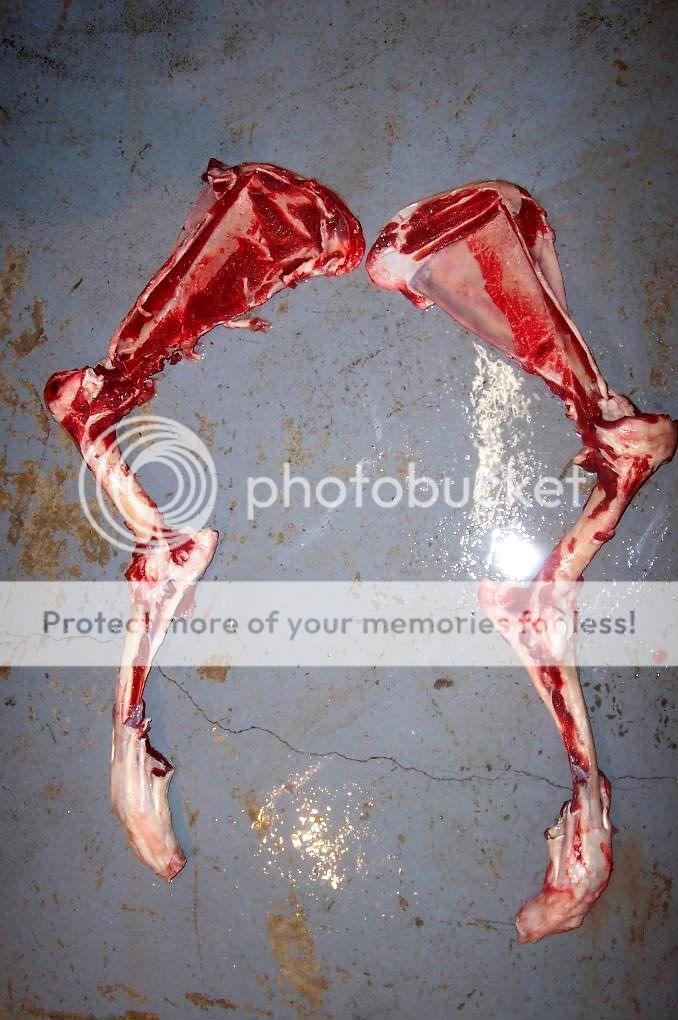D.Camilleri
Well-Known Member
So far I have heard about a lot of kills with good hits from small to medium calibers. What about the hits that weren't so good? If you shoot any kind of range, sooner or later you will make a bad hit. Taking away poor bullet performance, a bad hit with a big 338 still put elk in my freezer several times. My bullets performed the way they should and a follow up shot took care of the rest, but the elk wasn't able to run off. Now I am not saying that real bad shots will result in recovered elk, like blowing off a leg, but a solid hit in the body with a big chunk of lead has usually resulted in a recovered animal. On the other hand, my friend shot his elk this year 7 times in the chest with a 7mag and is now looking for a 338. He was hunting in griz country. Bullet perfomance is paramount, but bigger hole in means bigger hole out. We are all in a quest for the perfect bullet and currently I shoot a 225 accubond @3300 and it seems to work well. I was less than impressed with 250 grain partitions on shoulder shots because the bullet damaged the shoulder but all that was left to enter the chest cavity was the shank with no pedals. The barnes x bullets worked well when they expanded, but I have had several that made pencil holes with no damage at all. So for me, a fast 338 with a good performing bullet that can penetrate deeply and instill lots of tissue damage and hydraulic shock will be my choice for big critters like elk. They can't be too dead, and I don't like chasing wounded animals. My vote goes right along with Elmer Keith! Oh an maybe because I grew up with my dad shooting a 338 win mag that he bought in 1958 due to lack luster performance out of his 06 on big mule deer.






